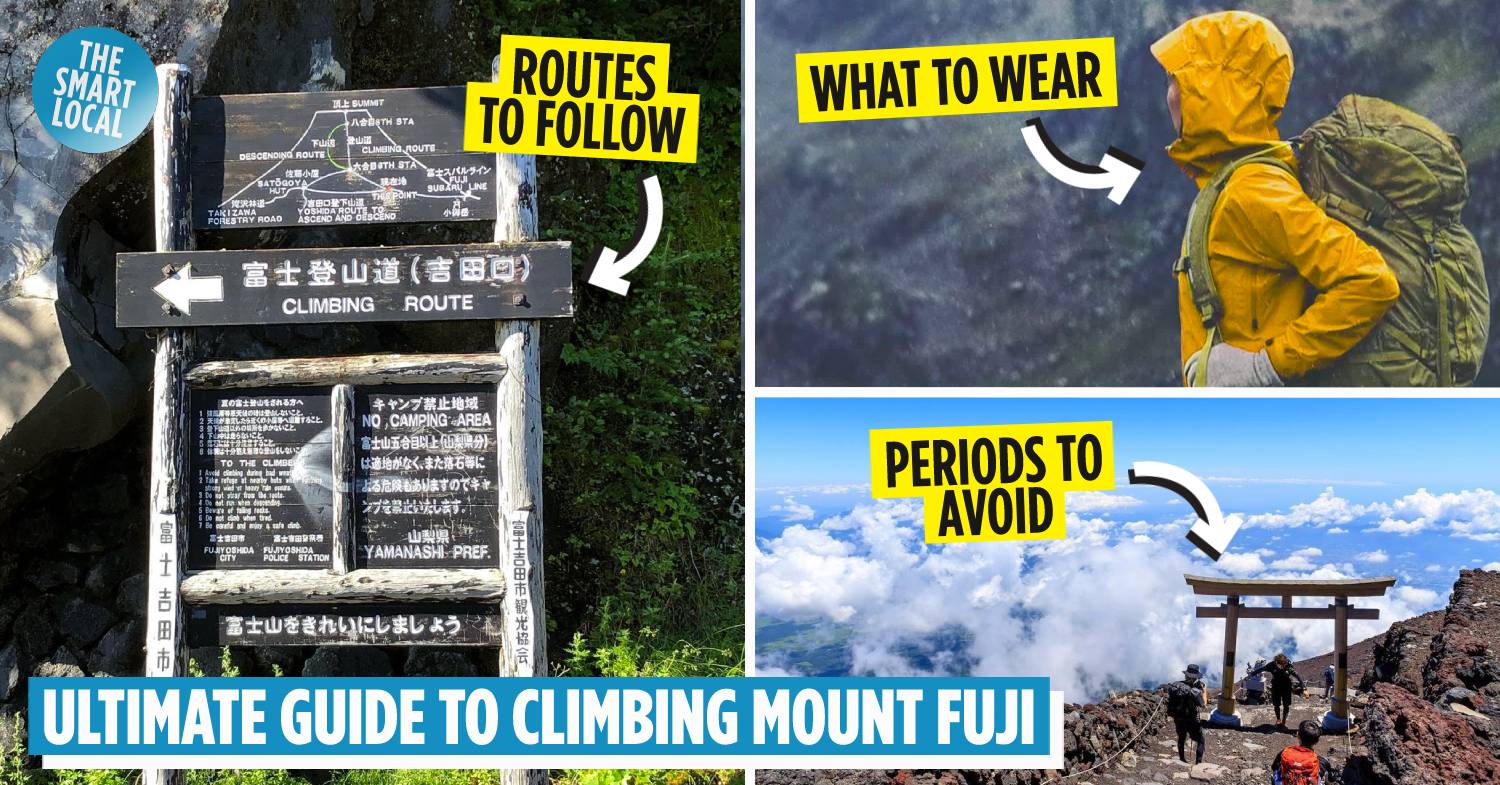Climbing Mount Fuji
The noisy ensemble of cicadas signals the arrival of summer in Japan, and also the official start of climbing season on Mount Fuji. Bordering Shizuoka and Yamanashi Prefectures, the national icon is surprisingly beginner-friendly, and anyone with enough preparation can scale the mountain’s alpine terrains.
Not sure how to begin planning for the once-in-a-lifetime climb up beloved snow-capped mountain? Read on for our guide to climbing Mount Fuji.
Table of Contents
Preparing for your trip
1. Climbing season
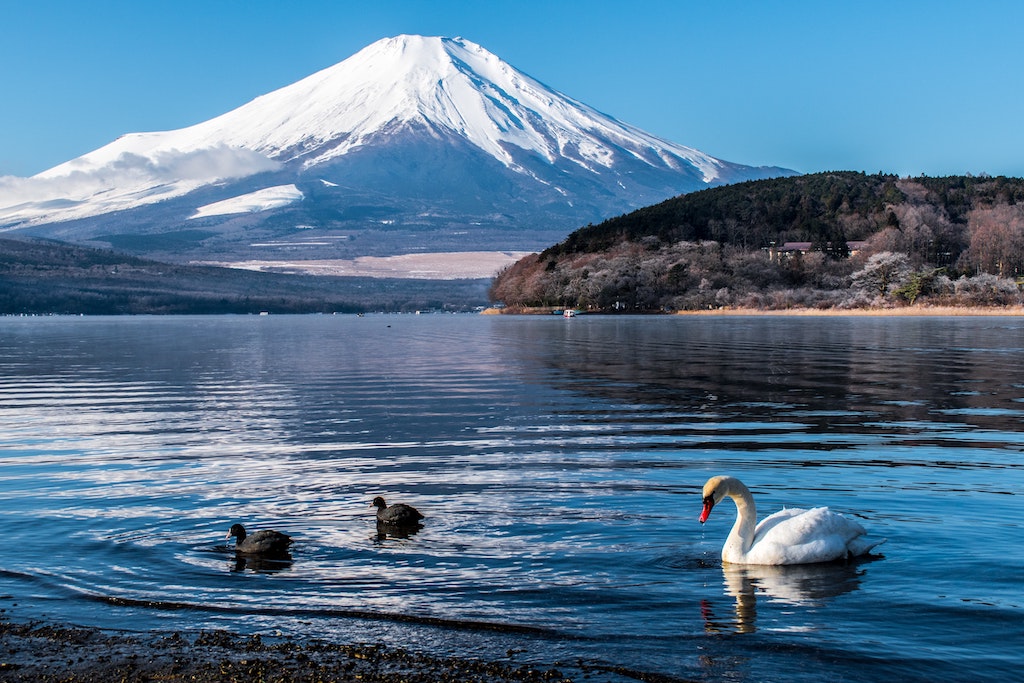 Image credit: Md Farhabi Helal
Image credit: Md Farhabi Helal
The period between 1st July to 10th September marks the official Mount Fuji climbing season. Anyone who has “climbing Mount Fuji” on their bucket list should note down these dates.
 Image credit: @ground_up_
Image credit: @ground_up_
While climbing the mountain outside of the official period is possible, it is not recommended as most facilities will be closed. The snowy trek and unpredictable weather conditions outside summer also make it a hazardous climb for non-seasoned climbers.
2. Periods to avoid
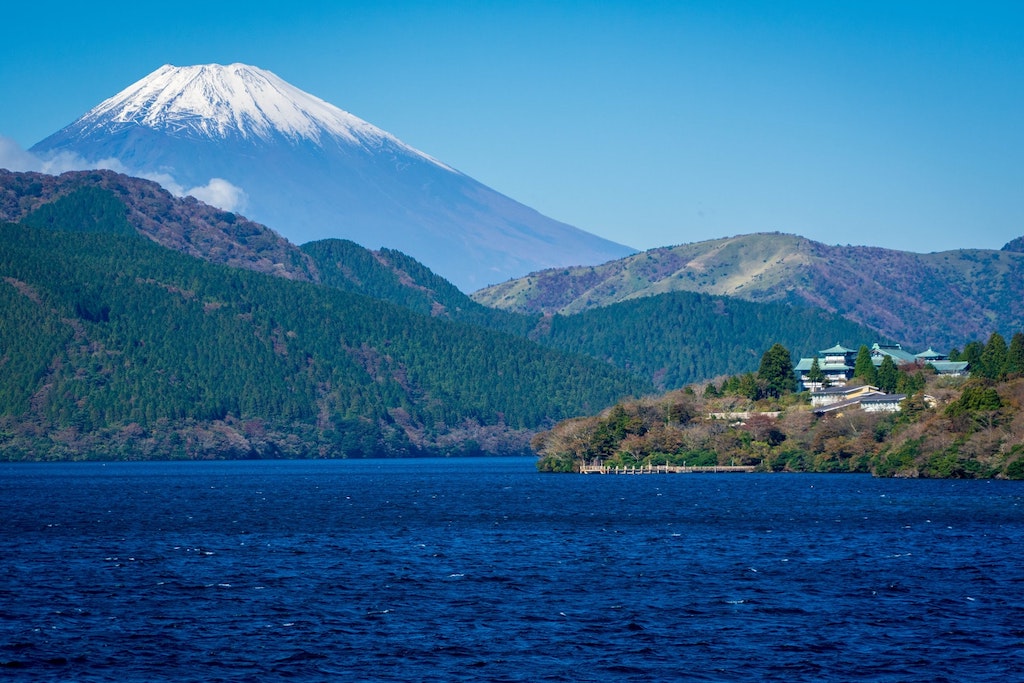 Image credit: Sandra Yager
Image credit: Sandra Yager
Though Mount Fuji sees a steady crowd during climbing season, the number of visitors drastically increases during Japan’s school’s summer vacation, which typically lasts around 6 weeks from late July. During this period, the routes can be so congested that snaking queues are formed near the peak of the mountain.
Another period to avoid is during Obon, a national holiday that spans several days in mid-August, when the whole country is essentially on vacation. For a crowd-free and pleasant climb, try going on a weekday in the first half of July and check the official Mount Fuji website for congestion data prior to planning your trip.
3. Best time to climb
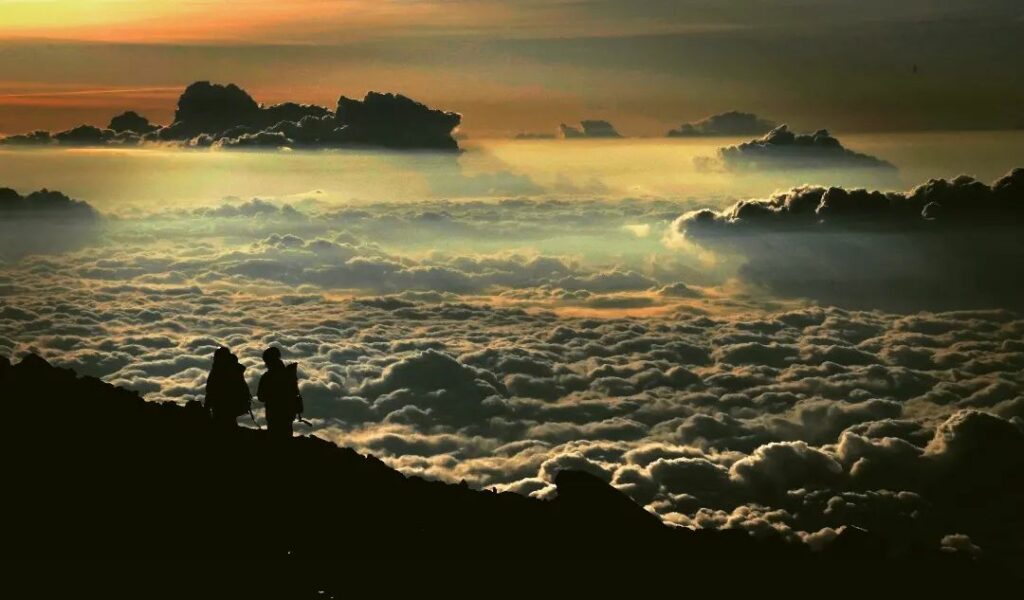 Image credit: @jay_you_n
Image credit: @jay_you_n
Most gunning for the peak start their journey at the 5th station of their chosen trail at night, climbing their way up to catch the sunrise and unkai (雲海; sea of clouds) at the summit.
Depending on the route and your speed, it takes around 6 hours and 30 minutes to reach the top, but we recommend giving yourself ample time to do so. Start in the late afternoon or evening, and slowly make your way up to the mountain huts that are located along the 7th and 8th stations.
There, get some shut-eye to replenish your energy before starting early on the next day and reaching the peak by 4am.
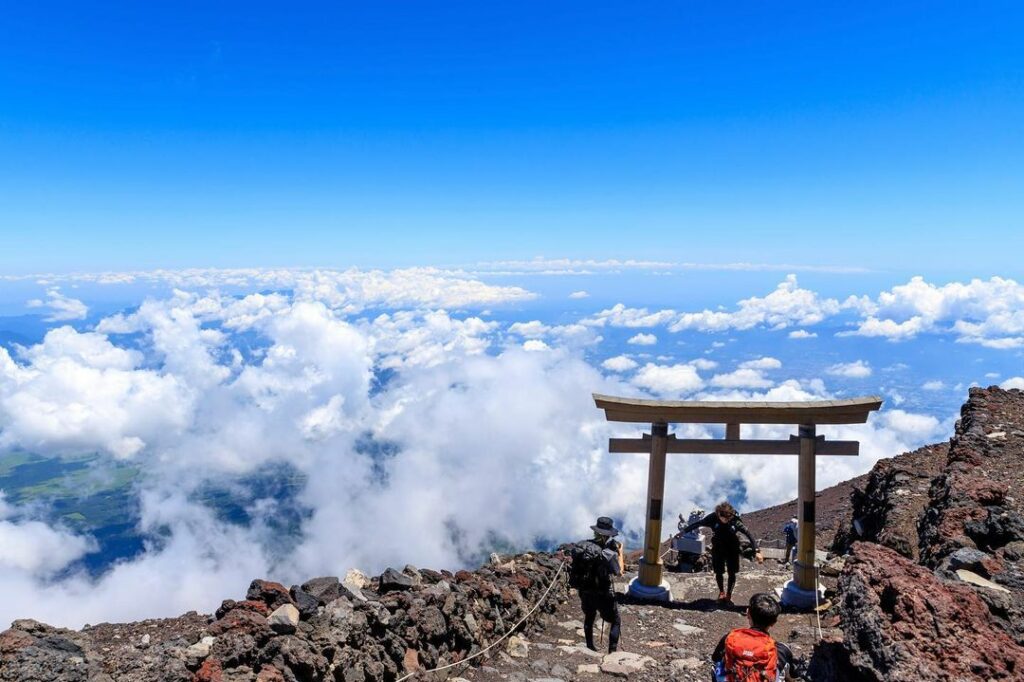 Image credit: @dt.zephyr
Image credit: @dt.zephyr
Some climbers opt to skip the mountain huts altogether, instead starting their climb at night and heading straight for the summit without stopping. However, unless you’re an experienced hiker, hiking without rest can make you prone to altitude sickness.
4. Deciding if you want to engage a guide
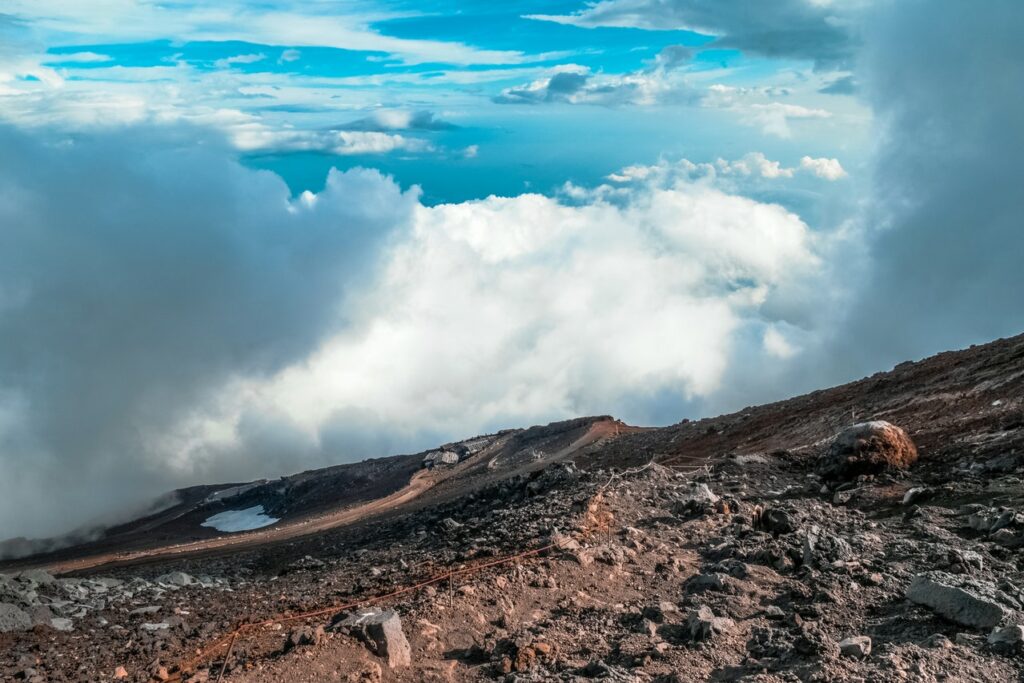 Image credit: Donald Tong
Image credit: Donald Tong
Thanks to its designation as a UNESCO World Heritage Site, the majestic mountain welcomes a steady stream of hikers every summer. As such, the routes are well signposted, and with other hikers around, getting lost and stranded is highly improbable.
That said, consider engaging a guide if you fail to secure accommodation as many packaged tours come with a night’s stay at a mountain hut.
5. Making a reservation at mountain huts for overnight stays
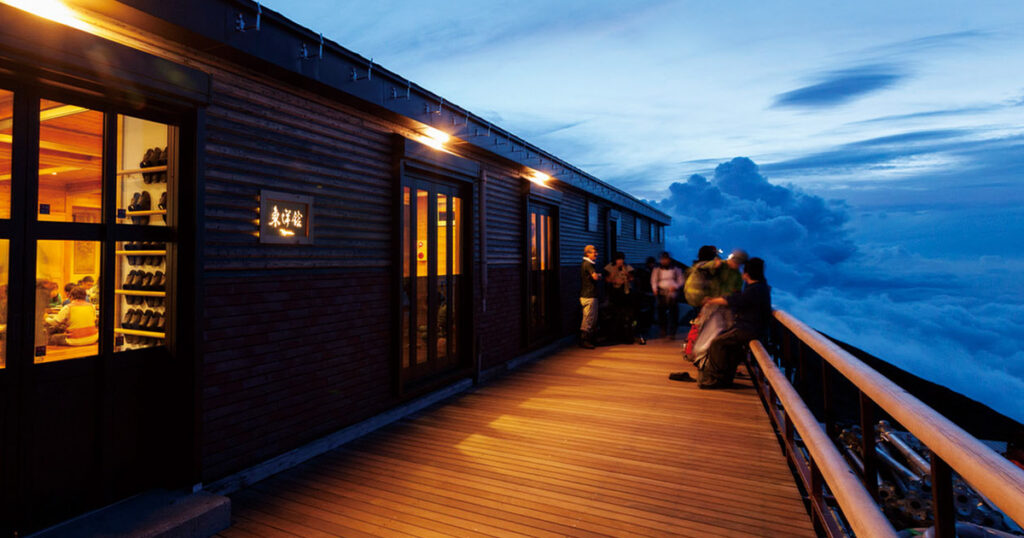 Image credit: Fuji Toyokan
Image credit: Fuji Toyokan
While there are over 40 mountain huts on Mount Fuji, most are concentrated at the 7th or 8th station. To secure a space, make a reservation as early as possible as they tend to fill up pretty quickly during climbing season. Phone numbers of operating mountain huts can be found here.
Expect to cough up an average of ¥5,500 (~USD40.67) onwards per night on a weekday, and an additional ¥1,000-¥2,000 (~USD7.39-USD14.78) for weekend stays. If you need dinner or breakfast, you’ll be charged around ¥1,000 (~USD7.39) per meal.
Routes to follow and how to get there
There are a total of 4 trails, each of varying difficulty and location, that you can take to reach the top. Each trail to the summit is split into 10 sections, which are referred to as stations. It’s common to start your ascent from the 5th stations, which are located around the halfway mark up the mountain.
As part of Covid-19 measures, climbers starting from the Yoshida Trail this year will get their temperature taken and have to fill in health sheets.
1. Yoshida Route – Fuji Subaru Line 5th Station
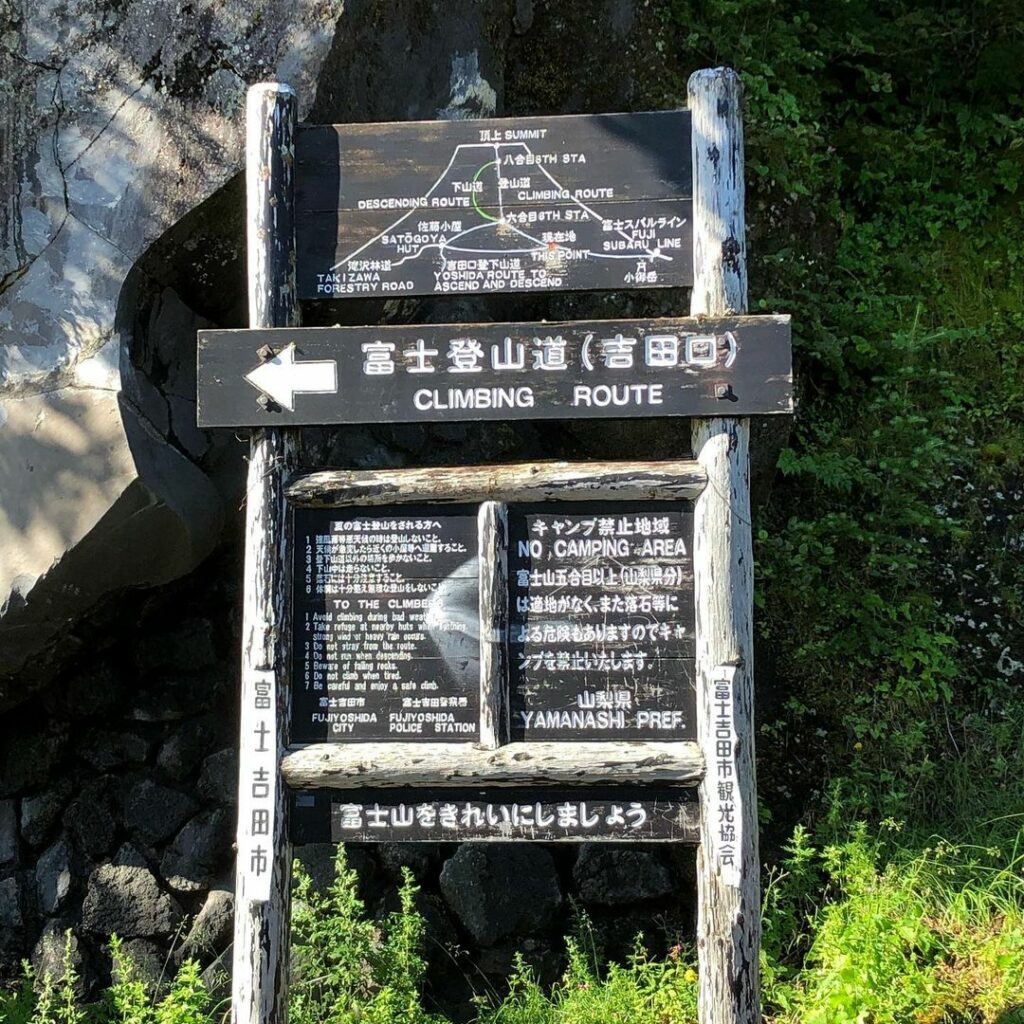 Image credit: @3koekasa035701
Image credit: @3koekasa035701
Due to its proximity to Tokyo, the Yoshida Route (吉田ルート) in Yamanashi Prefecture is the most popular and crowded route of the lot. With a concentration of mountain huts, rest areas, and 3 rescue stations along the way, it is a recommended route for beginners.
Since many climbers start their ascent at the trail’s Fuji Subaru Line 5th Station (富士スバルライン五合目), there is little chance of getting lost on your way up, though congestion is inevitable.
When beginning your descent, look out for the split junction between the Yoshida and Subashiri Route. Both routes follow the same trail down, but are divided from the 8th station onwards. Follow the yellow trail and keep a lookout for signs, or you’ll end up in Shizuoka Prefecture by the time you reach the foot of Mount Fuji.
Elevation: 2,305m
Average time to ascend: 6 hours 30 minutes
Getting there: Round trip (¥2,300, ~USD16.99) and one-way tickets (¥1,570, ~USD11.60) are available at Kawaguchiko Station | One-way tickets available at Shinjuku Station (¥2,900, ~USD21.42)
Emergency phone number: 090-5190-0167
Yoshida Trail’s Official Website
Bus schedule (From Kawaguchiko Station)
Bus schedule (From Shinjuku Station)
2. Subashiri Route – Subashiri 5th Station
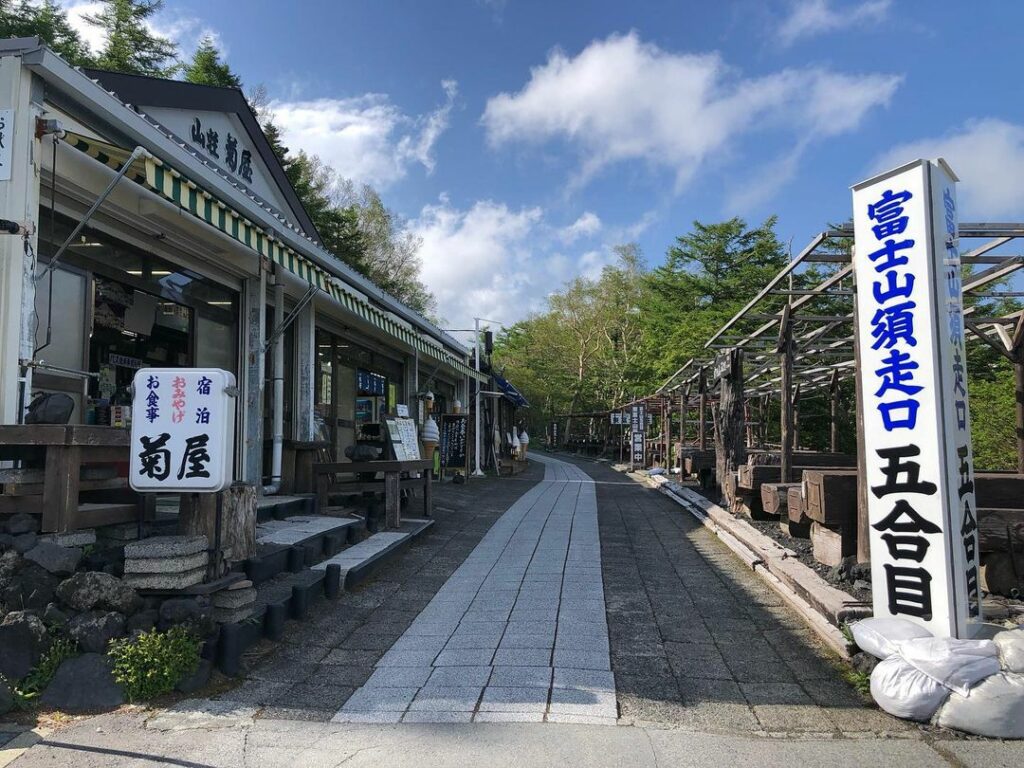 Image credit: @mimikofukuda
Image credit: @mimikofukuda
Starting at the east side of Mount Fuji in Shizuoka Prefecture, the Subashiri Route (須走ルート) is a good alternative to the Yoshida route for first-timers, even though its 5th station is at a lower altitude.
Besides being relatively easy to access from Tokyo, the Subashiri Route also offers a more varied view with forested paths and an abundance of alpine plants, before merging with the Yoshida Route at the 8th station.
Elevation: 1,970m
Average time to ascend: 7 hours
Getting there: Round trip (¥2,100, ~USD15.52) and one-way tickets (¥1,570, ~USD11.60) are available at Gotemba Station
Emergency phone number: Rescue stations are not available along the trail, but you may contact 110 or 119 for help.
Subashiri Trail’s Official Website
Bus schedule (From Gotemba Station)
3. Gotemba Route – Gotemba 5th Station
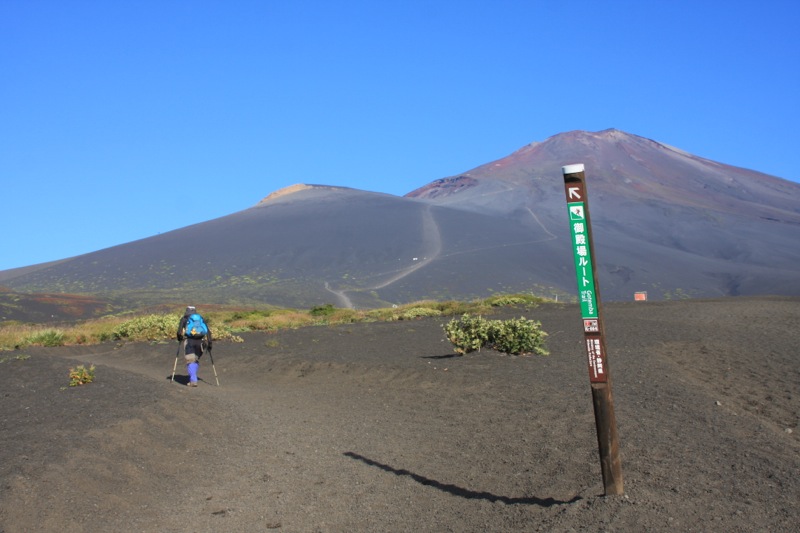
Image credit: Gotemba City
Of the 4 trails, the Gotemba Route (御殿場ルート) takes the longest to reach the summit due to its sheer distance, hence it’s mostly for experienced or returning hikers. As it is a long course up, climbers are recommended to stay overnight at 1 of the 4 mountain huts located around the 7th and 8th stations.
That said, the Gotemba Route is one of the less populated trails, which means that you can enjoy a peaceful climb without having to bump shoulders with other hikers. On your way down, you can even experience sunabashiri (砂走り; sand run), an exhilarating downhill run where you speed through sand trails with volcanic gravel.
Elevation: 1,440m
Average time to ascend: 8 hours 30 minutes
Getting there: Round trip (¥1,570, ~USD11.60) and one-way tickets (¥1,130, ~USD8.35) are available at Gotemba Station
Emergency phone number: Rescue stations are not available along the trail, but you may contact 110 or 119 for help.
Gotemba Trail’s Official Website
Bus schedule (From Gotemba Station)
4. Fujinomiya Route – Fujinomiya 5th Station
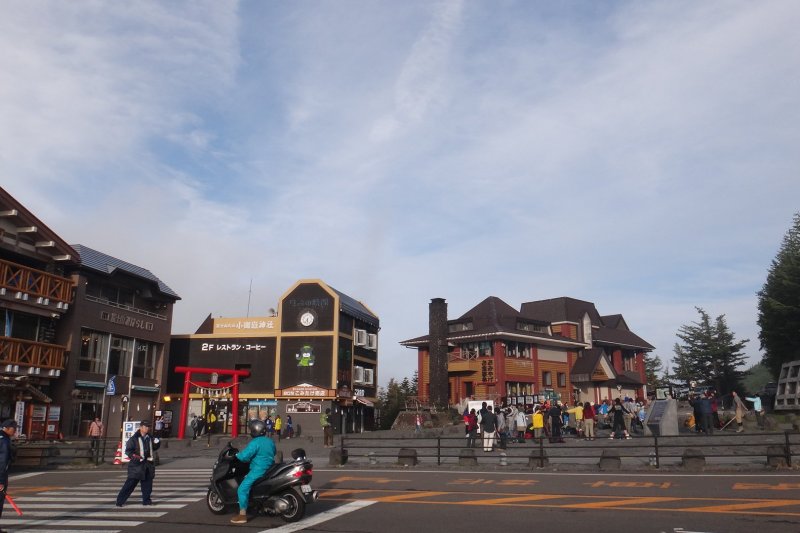
Image credit: Fujiyoshida Tourism Promotion Service
As the shortest mountain trail, the Fujinomiya Route (富士宮ルート) ranks second in popularity after the Yoshida Route. The trail starts from the 5th station near the south side of Mount Fuji in Shizuoka Prefecture, leading all the way to the top.
Despite its short distance to the summit, it’s by no means a walk in the park as sections of the ascent are rocky and steep. Hikers also descend and ascend along the same path, so the trail can become congested during peak hours.
Elevation: 2,400m
Average time to ascend: 6 hours
Getting there: One-way tickets are available at Fujinomiya Station (¥2,060, ~USD15.21) and Shin-Fuji Station (¥2,420, ~USD17.87), round trip tickets with a 3-day validity from both stations are available at ¥3,400 (~USD25.10)
Emergency phone number: First aid station located near the 8th station, and you may contact 110 or 119 for emergencies.
Fujinomiya Trail’s Official Website
Bus schedule (From Shin-Fuji Station or Fujinomiya Station)
Equipment and things required
1. Walking stick
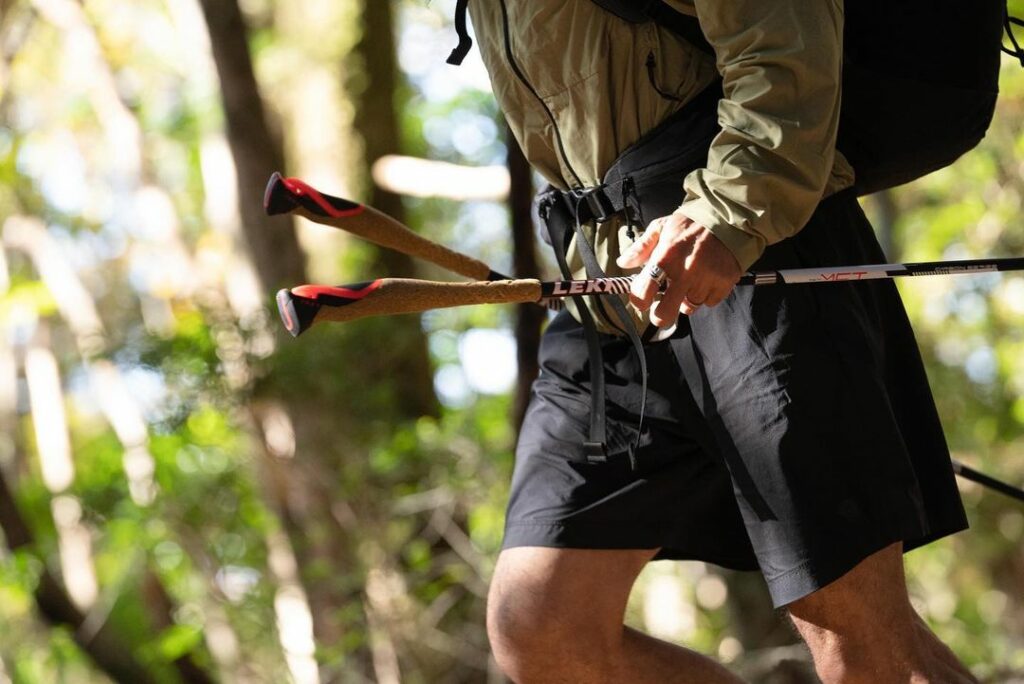 Image credit: @mountainhardwear.jp
Image credit: @mountainhardwear.jp
As there are steep sections throughout the routes, a walking stick will give you better stability and support as you climb, especially on uneven terrain. Bring one along or purchase a kongōzue (金剛杖; wooden staff) before you start climbing.
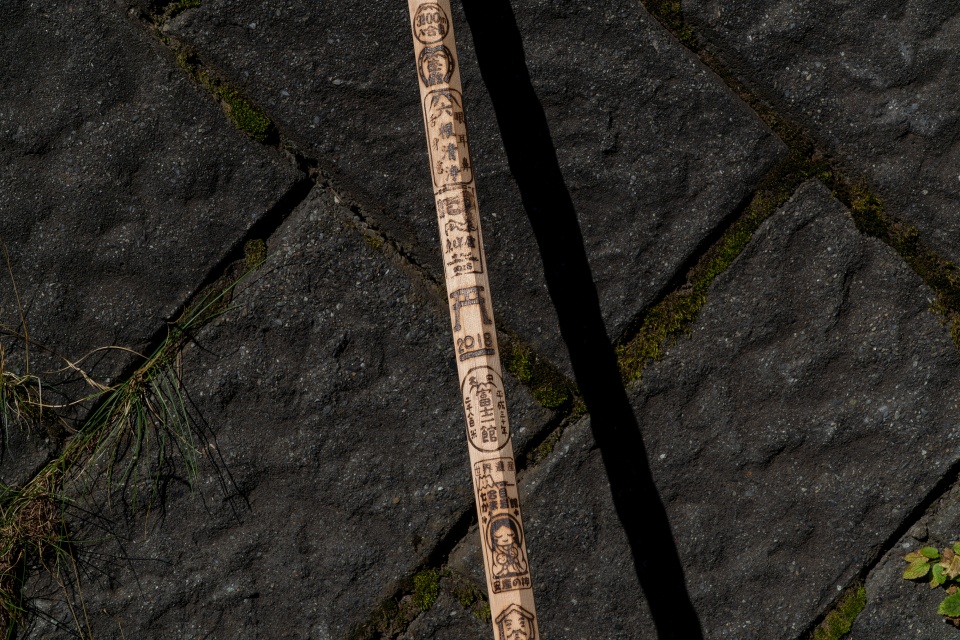 Walking stick with commemorative stamps.
Walking stick with commemorative stamps.
Image credit: Fujikyu Unjokaku
Commemorative Mount Fuji walking sticks are sold at the 5th stations of each trail for around ¥1,000 (~USD7.36) each. Besides serving as a walking stick, it also doubles as a souvenir as you can get commemorative designs stamped onto the stick for a small fee (¥200-¥300, ~USD1.47-USD2.21) at various stations along the climb.
2. Headlamp
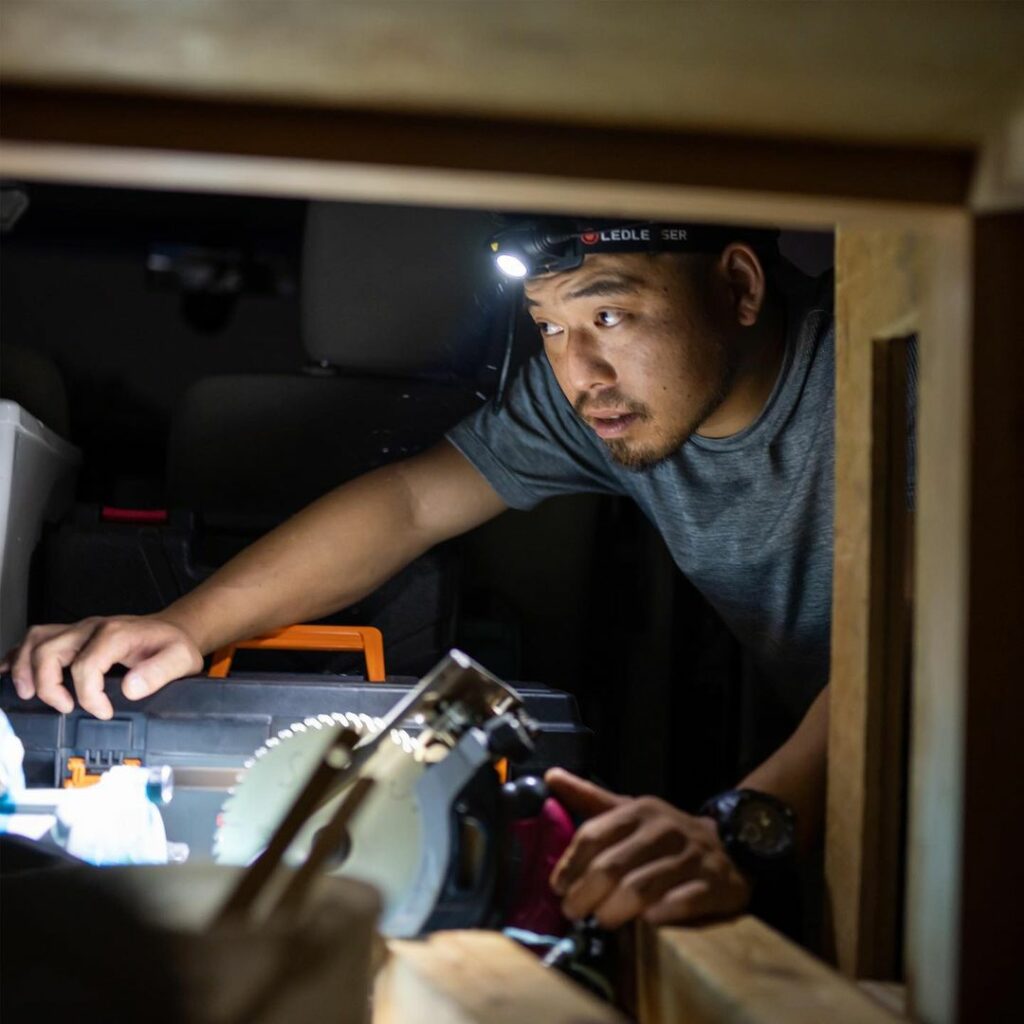 Image credit: @ledlenser_japan
Image credit: @ledlenser_japan
A headlamp is an absolute necessity as you’ll be making your way through rough terrain in the dark for the most part, before finally reaching the top in time for sunrise. Invest in a decent headlamp that’s waterproof and has high-performance lighting, and make sure to bring along spare batteries.
When wearing a headlamp, tilt the bulb downwards so that the light won’t shine directly into the eyes of other climbers, blinding their vision.
3. Cash
Cash isn’t always the first thing that comes to mind when you prepare for night mountaineering, but bringing enough coins can be a life saviour when you’re on a mountain with no access to ATMs.
Everything costs money on Mount Fuji, so be prepared to fork out exorbitant amounts for basic things – think ¥200 (~USD1.47) for every time you need to pee and ¥500 (~USD3.68) for a bottle of mineral water. The rule of thumb? The higher you go, the more expensive things will cost.
Other miscellaneous amounts include a ¥1,000 (~USD7.36) mandatory donation that’s collected at the 5th stations, which goes towards environment and facility maintenance.
4. Oxygen can
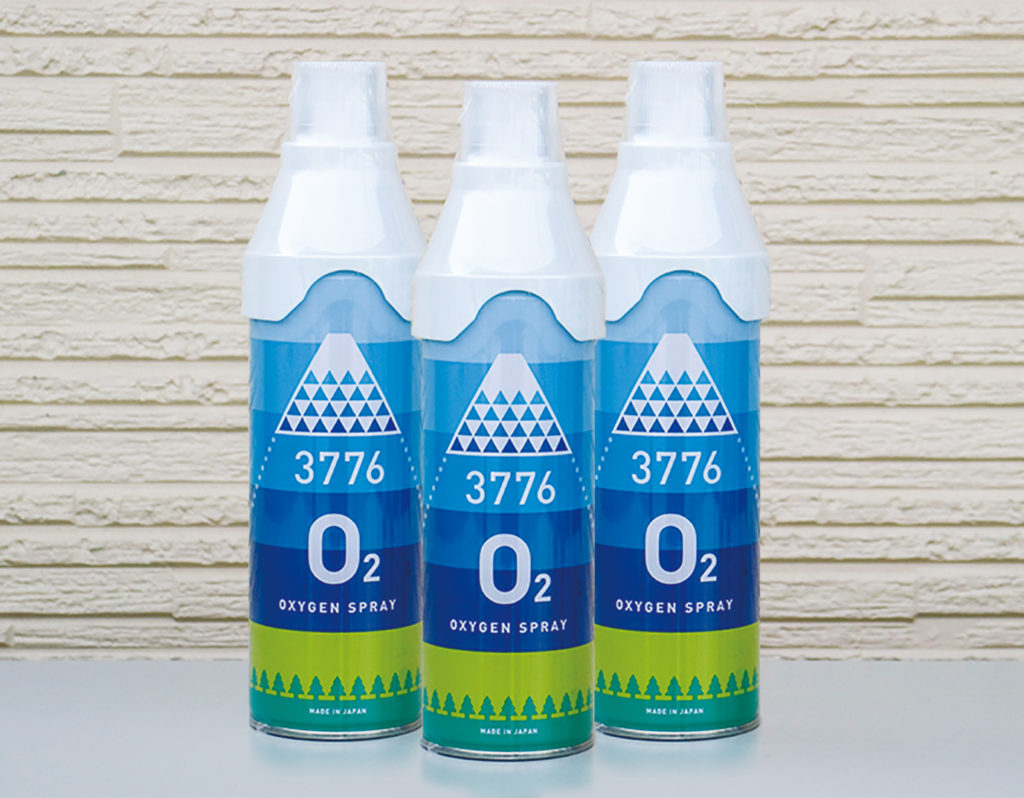 Image credit: Fuji Brand JP
Image credit: Fuji Brand JP
Oxygen cans are lifesavers when you’re dealing with altitude sickness, which can be common when you have not acclimated to the environment. Though they are available for purchase at some stations, it is incredibly overpriced, so prepare a can or 2 in your backpack just in case you need them.
5. Hiking boots and gaiters
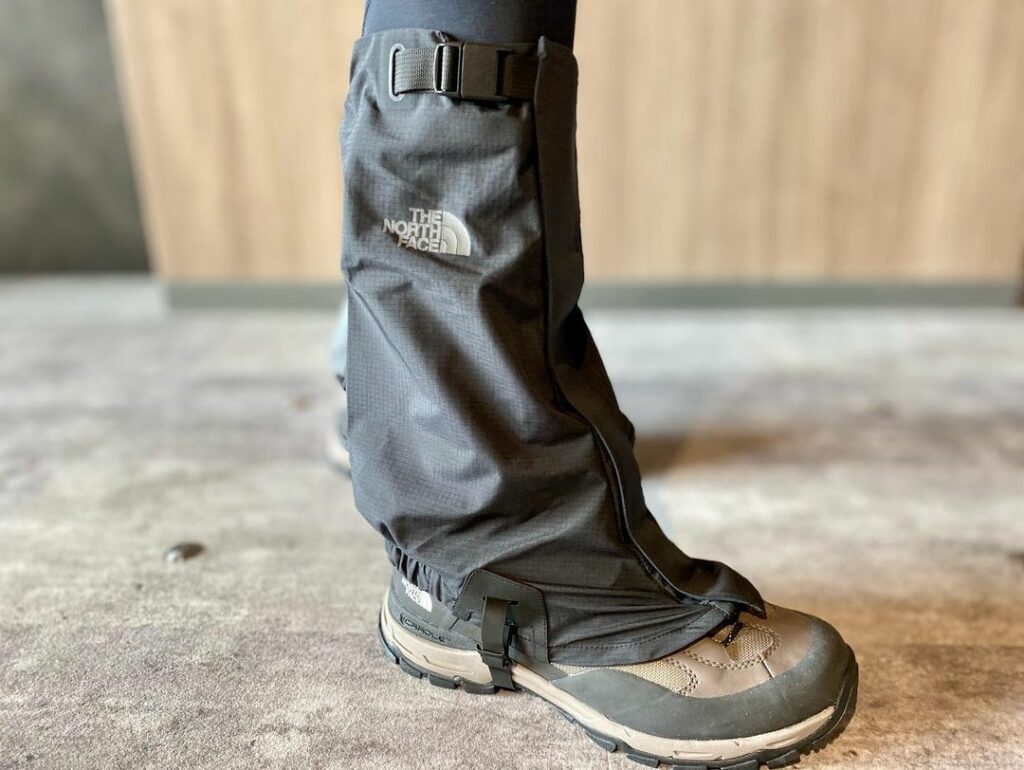 Image credit: @tnf_aod_togo
Image credit: @tnf_aod_togo
This goes without saying, but good quality footwear is a must, especially since you’ll be traversing rocky and sandy terrain for hours. Invest in a pair of quality trekking shoes that’s high-cut, waterproof, has thick soles and good gripping traction, as well as a thick pair of socks to avoid getting blisters.
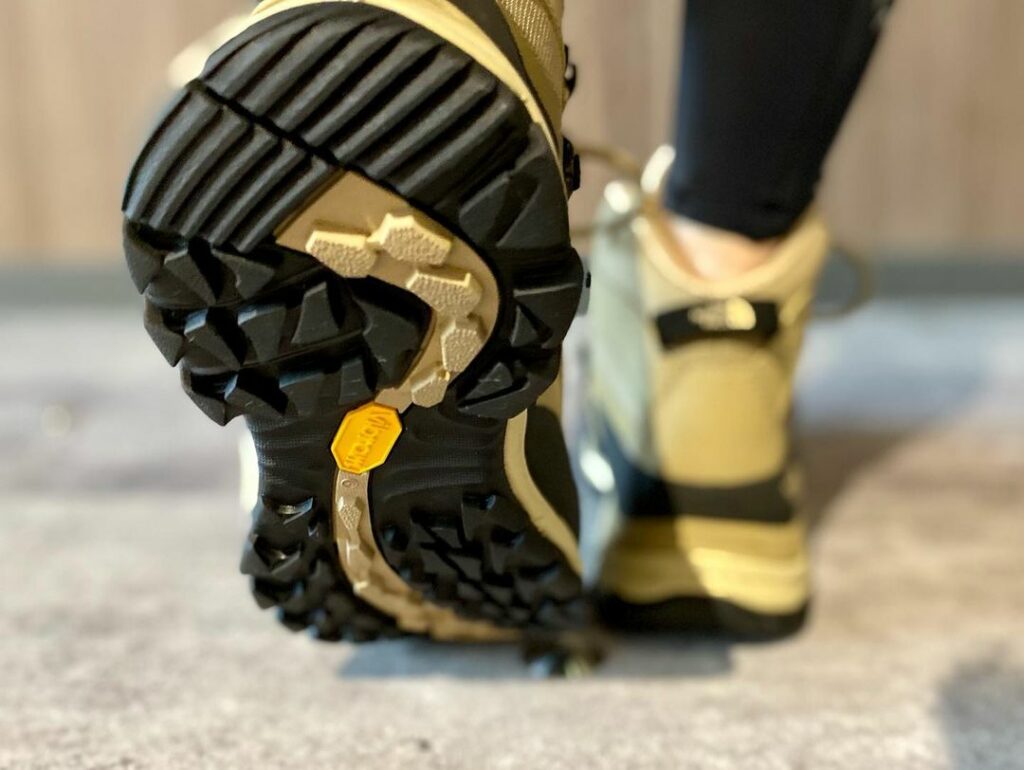 Image credit: @tnf_aod_togo
Image credit: @tnf_aod_togo
Having a pair of gaiters on will also help keep volcanic debris out of your shoes while you’re on the trail, and protect your lower calf when you’re going at full speed during your descent.
6. Layers of clothes that are easy to carry
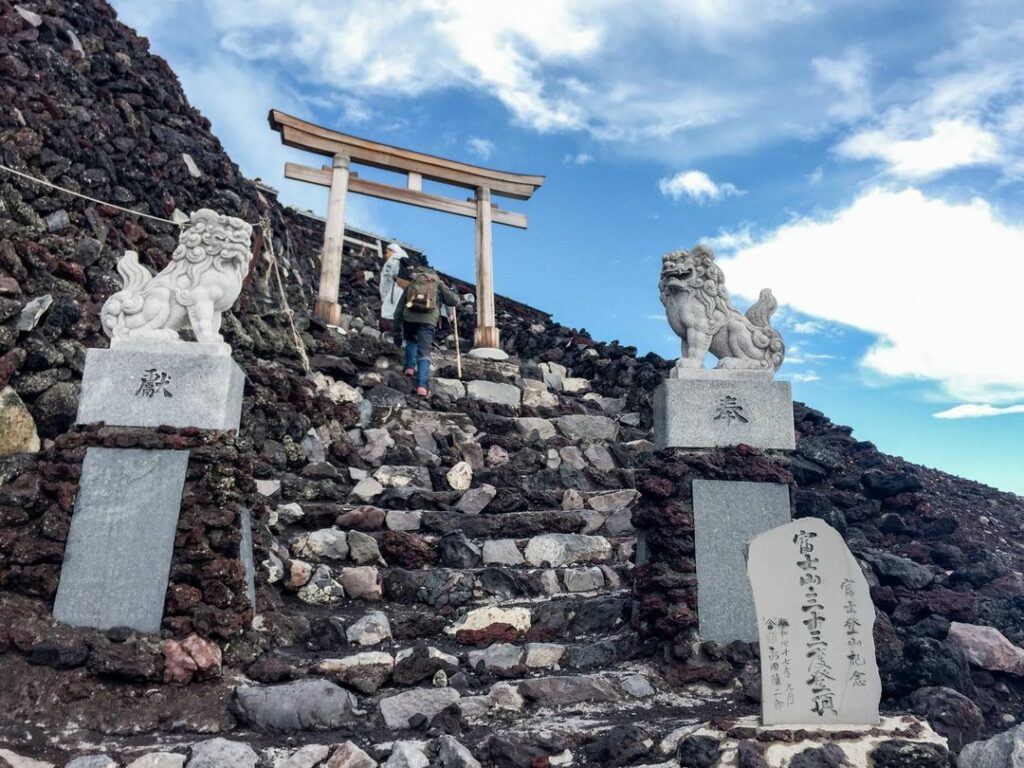 Image credit: @sa.lifephoto
Image credit: @sa.lifephoto
It may be scorching hot in Japan during the summer, but when you’re at the summit, temperatures can sometimes drop below freezing point. Prepare and dress in warm layered clothing that can be easily removed or put on when needed, as well as a windbreaker that can shield you from strong winds.
7. Stock up on high-energy snacks and food
 Image credit: Otsuka
Image credit: Otsuka
To keep yourself fuelled, bring along sweet snacks and high-energy food that can be easily nibbled on along the way. Food sold at mountain huts can go for at least 2 to 3 times the normal price, so stock up beforehand to reduce the amount you have to fork out on the mountain.
8. Sunscreen, sunglasses and hat
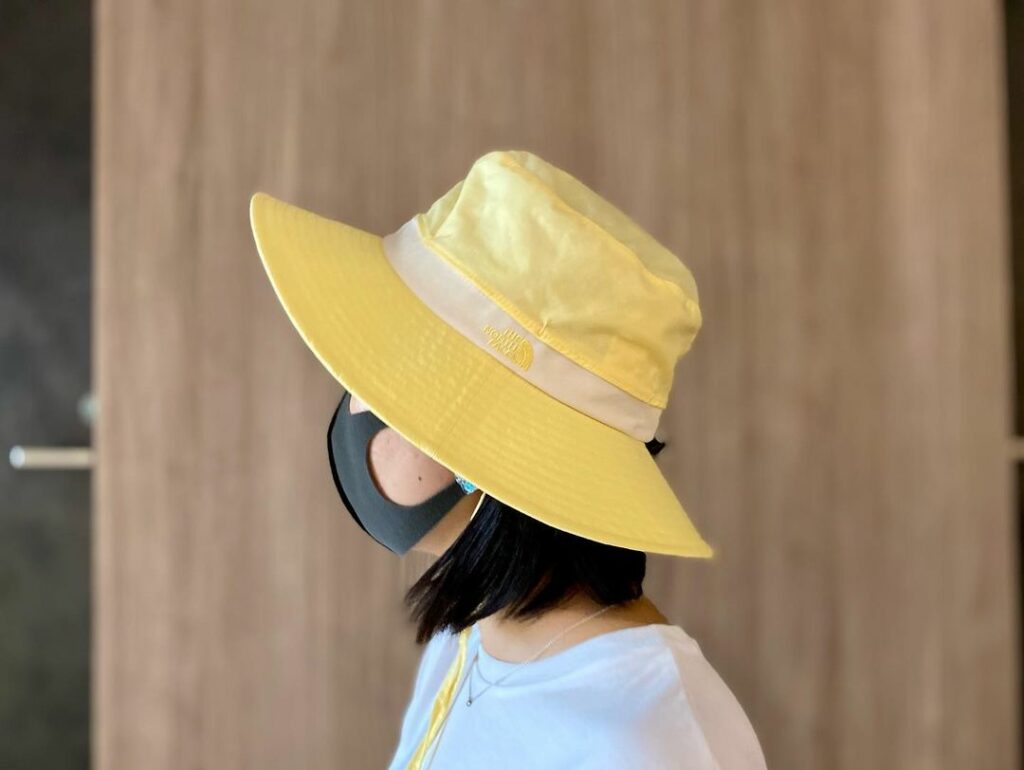 Image credit: @tnf_aod_togo
Image credit: @tnf_aod_togo
The higher the altitude, the more intense the UV rays are. To avoid getting a horrible sunburn by the end of your climb, always prepare sunscreen and slather them on your exposed skin every few hours for sun protection.
Besides that, sunglasses and a hat that’s equipped with a clip to prevent it from flying away will act as a barrier against the bright sun rays, dust, and sand in the air.
9. Water
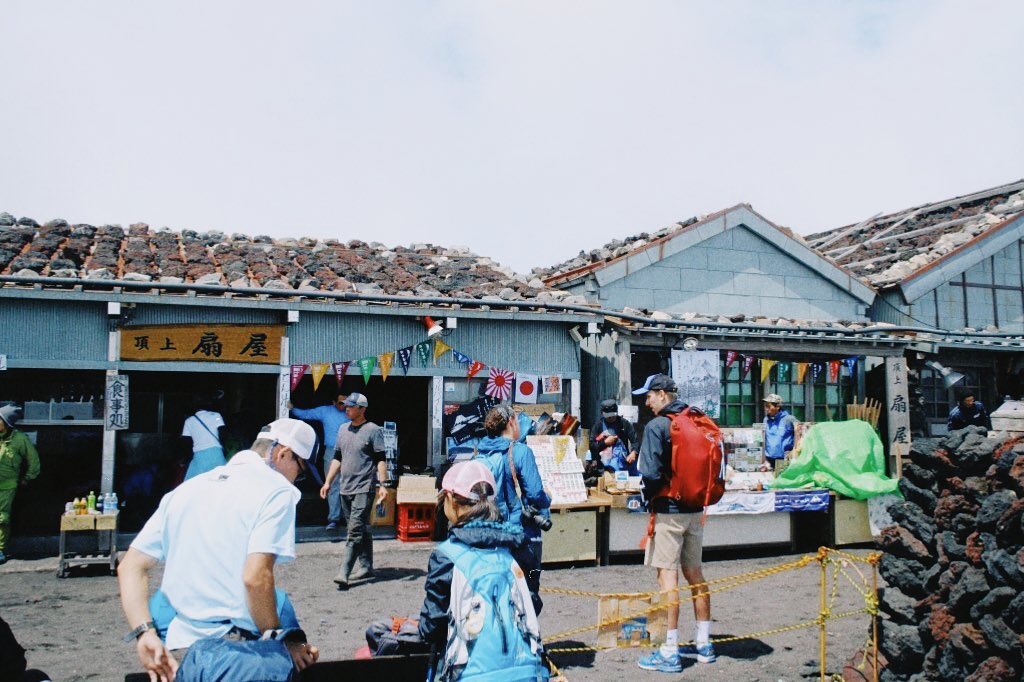 Image credit: @ny_mt.125
Image credit: @ny_mt.125
Keeping yourself hydrated is the key to making it to the finishing point as it reduces the likelihood of getting altitude sickness. Pack at least 2 litres worth of water – although the weight may put off climbers who prefer to travel light, you’ll thank yourself for lugging the heavy bottles up when you see the overpriced bottles of water sold on the mountain.
10. Proper rain gear
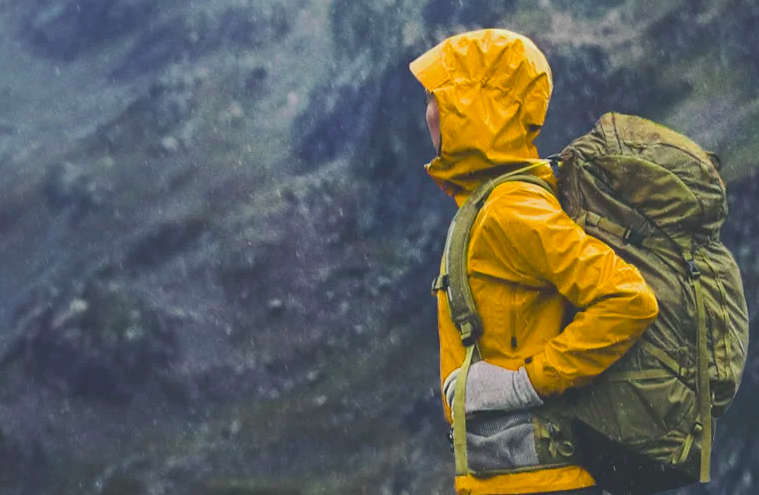
Image credit: Himaraya
The weather on Mount Fuji can be unpredictable – it may be sunny one moment and raining the next. Prepare outerwear and bottoms that are waterproof, or a sturdy rain coat – none of those flimsy plastic disposable ponchos – that will tide you through any weather condition. Before heading up, always check the weather forecast here.
11. First aid kit
First-aid stations are located at the 5th, 7th, and 8th stations on the Yoshida Trail, but it pays to be prepared for any emergencies that may occur. Pack a small first aid kit that’s equipped with bandages, disinfectants, and any medicine you may need.
Guide to climbing Mount Fuji in Japan
With an adequate amount of preparation, research, and moderate physical training beforehand, anyone can attempt to reach the summit of Mount Fuji. Climbing Mount Fuji is a drastic change from the usual sightseeing activities in Japan, but it will no doubt be the highlight of your trip.
For more guides, check out:
- Exploring Onomichi on foot
- Looming Mount Fuji at Fujiyoshida Honcho Street
- Travelling to Japan in 2022
- Travel tips for first-time travellers
- Ways to get around in Japan
Cover image adapted from (clockwise from left): @3koekasa035701, Himaraya and @dt.zephyr
